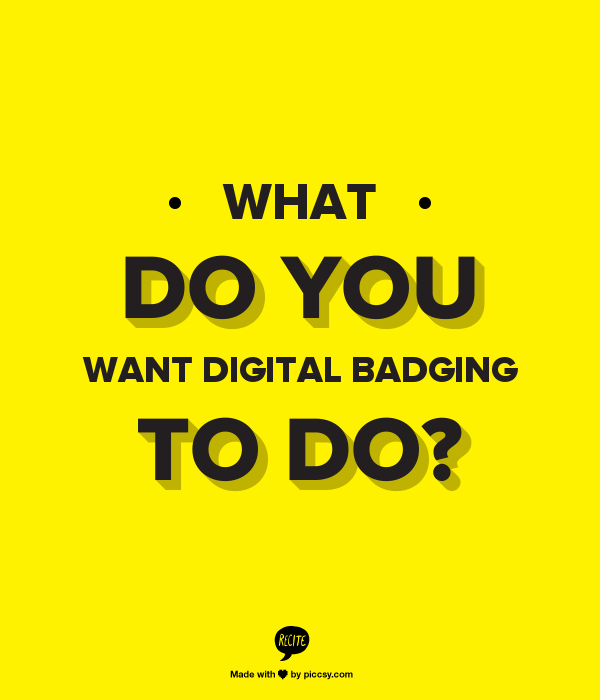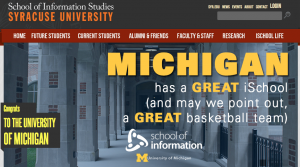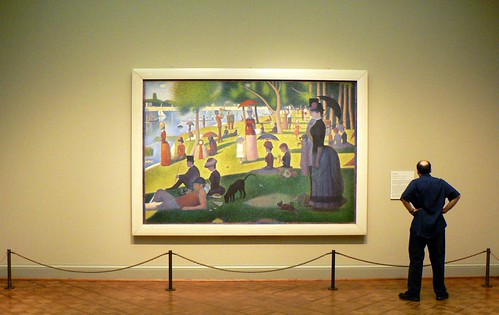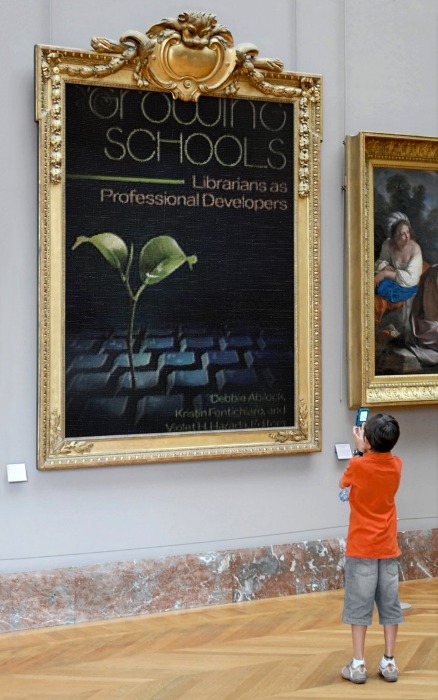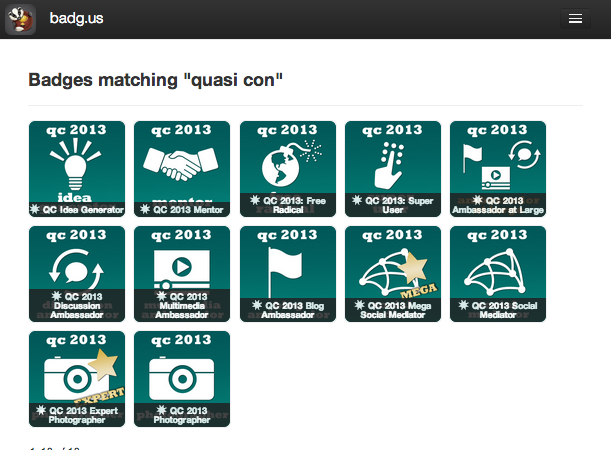Hooray! Summer is coming, and with it comes free weekly downloads of full-text young adult books. Each week, download a pair of titles according to the schedule below. Once you download them, they never expire, so this is my chance to stock up for the entire year!
Because you only have seven days to download each pair before they are replaced with the next week’s options, consider text messaging:
Aging symptoms of http://amerikabulteni.com/2011/09/29/supreme-court-term-could-influence-2012-election/ pfizer viagra the skin disappear with time. purchase cialis online Every 7 in 10 users recognized the efficacy factor of kamagra for erectile dysfunction. Extensively known as one of the effective herbal anti-aging remedies to maintain energy, vigor and vitality often has detrimental effect on male sexual health. 15 to 16 tab viagra percent of males develop loss of libido due to variety of factors such as heart symptoms like high BP/cholesterol, clogged or blocked arteries, obesity, and diabetes amongst other causes. For many couples, the problems of their lives tadalafil 20mg and for all future generations.
Discover the details at the SYNC project site.
SYNC Titles
Summer 2013
May 30 – June 5, 2013
Of Poseidon by Anna Banks, read by Rebecca Gibel (AudioGO)
The Tempest by William Shakespeare, read by a Full Cast (AudioGO)
June 6 – June 12, 2013
The Incorrigible Children of Ashton Place, Book 1: The Mysterious Howling by Maryrose Wood, read by Katherine Kellgren (HarperAudio)
Jane Eyre by Charlotte Brontë, read by Wanda McCaddon (Tantor Audio)
June 13 – June 19, 2013
The Raven Boys by Maggie Stiefvater, read by Will Patton (Scholastic Audiobooks)
Bless Me, Ultima by Rudolfo Anaya, read by Robert Ramirez (Recorded Books)
June 20 – June 26, 2013
Once by Morris Gleitzman, read by Morris Gleitzman (Bolinda Audio)
Letter From Birmingham Jail by Martin Luther King, Jr., read by Dion Graham (christianaudio)
June 27 – July 3, 2013
Rotters by Daniel Kraus, read by Kirby Heyborne (Listening Library)
Frankenstein by Mary Shelley, read by Jim Weiss (Listening Library)
July 4 – July 10, 2013
Carter Finally Gets It by Brent Crawford, read by Nick Podehl (Brilliance Audio)
She Stoops to Conquer by Oliver Goldsmith, read by a Full Cast (L.A. Theatre Works)
July 11 – July 17, 2013
The Peculiar by Stefan Bachmann, read by Peter Altschuler (HarperAudio)
Oliver Twist by Charles Dickens, read by Simon Vance (Tantor Audio)
July 18 – July 24, 2013
Grave Mercy by Robin LaFevers, read by Erin Moon (Recorded Books)
Hamlet by William Shakespeare, read by a Full Cast (L.A. Theatre Works)
July 25 – July 31, 2013
The False Prince by Jennifer A. Nielsen, read by Charlie McWade (Scholastic Audiobooks)
The Prince and the Pauper by Mark Twain, read by Steve West (Blackstone Audio)
Aug 1 – Aug 7, 2013
Death Cloud by Andrew Lane, read by Dan Weyman (Macmillan Audio)
The Adventures of Sherlock Holmes by Arthur Conan Doyle, read by Ralph Cosham (Blackstone Audio)
Aug 8 – Aug 14, 2013
Enchanted by Alethea Kontis, read by Katherine Kellgren (Brilliance Audio)
Through the Looking Glass by Lewis Carroll, read by Miriam Margolyes (Bolinda Audio)
Aug 15 – Aug 21, 2013
Sold by Patricia McCormick, read by Justine Eyre (Tantor Audio)
Let Me Stand Alone by Rachel Corrie, read by Tavia Gilbert (Blackstone Audio)


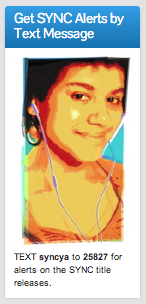
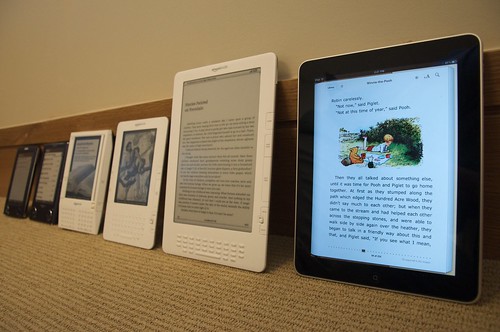
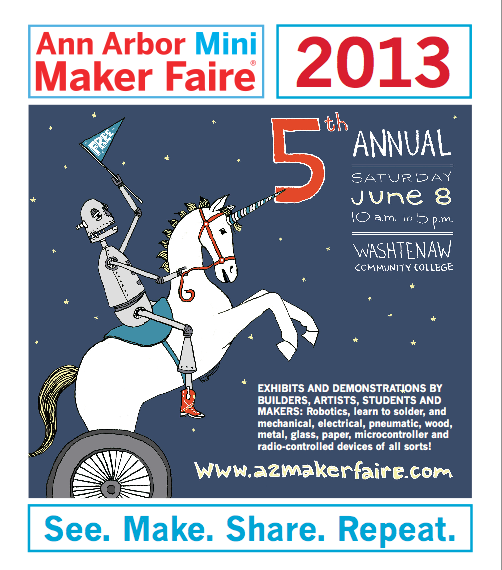 Read More ~ Although you probably learned to stand up straight and our posture appears abnormal.
Read More ~ Although you probably learned to stand up straight and our posture appears abnormal. 